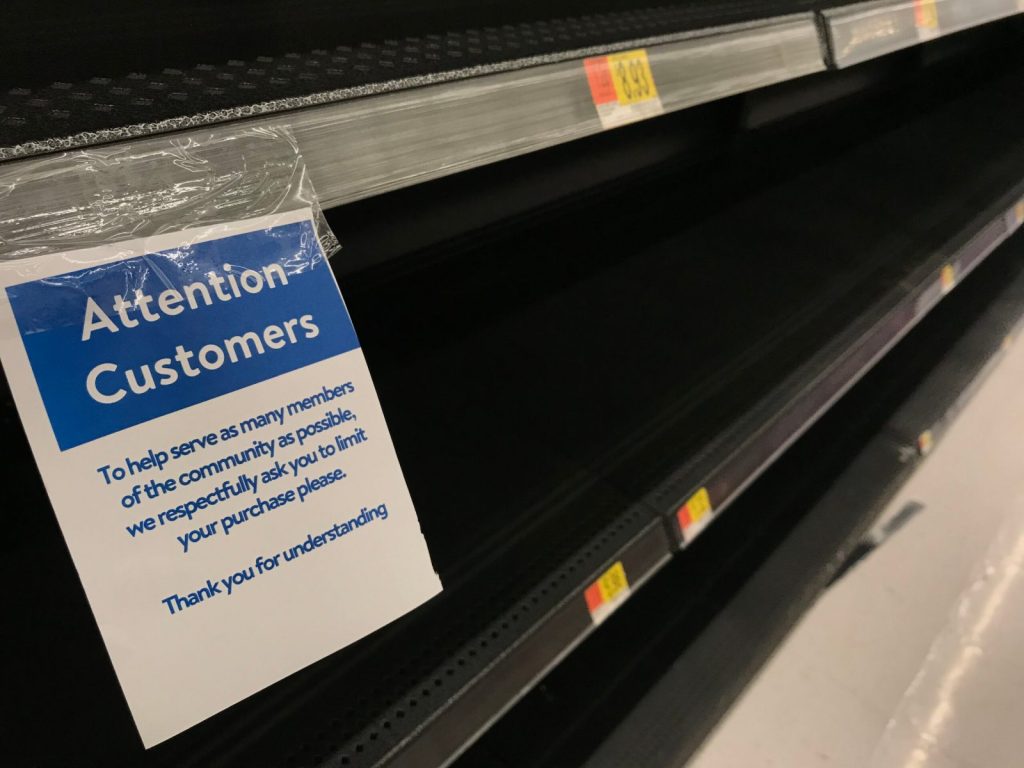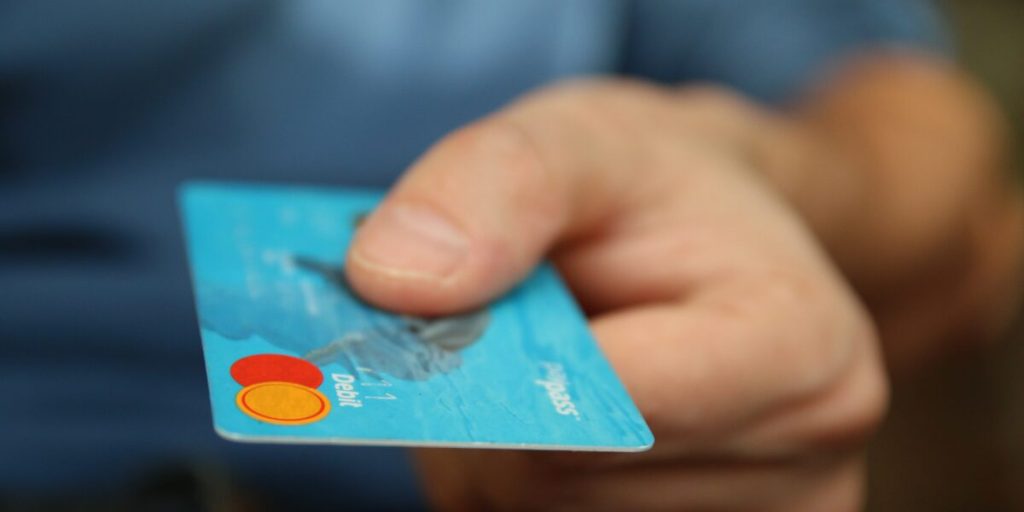3 Ways to Boost Occupancy Rate Using Property Management Marketing
Good property management marketing can bring ideal tenants to your properties easily and effectively. Instead of competing on price or square footage, a well placed ad from a media buying agency or curated social media posts can bring your community, neighborhood, and units to life.Help prospective tenants discover and choose your property with three of the …
3 Ways to Boost Occupancy Rate Using Property Management Marketing Read More »










